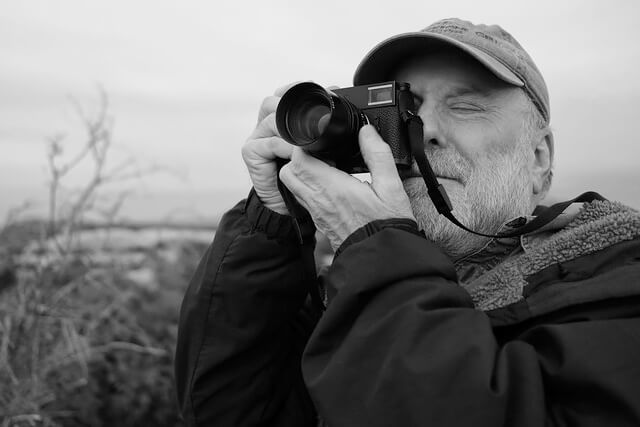Charlie Lieberman is a photographer and cinematographer based in Southern California. Best known for his work on the TV show, Heroes, Lieberman has also been developing a body of photographic work since the 1960s. His current practice seeks out humble landscapes, avoiding the iconic in an effort to impart a sense of memory, contemplation, and awe. Lieberman is currently an Active Member of The American Society of Cinematographers.
He has been represented by Freed Gallery since 2014 in Lincoln City, Oregon.
Statement
Whenever I take a photograph, I want you to feel like you are there with me. Whether it is looking through a windshield blurred by rain or standing beside a stretch of weathered, empty highway, I want to impart a sense of memory, even if you have never been to that particular place before.
Photographs, like memories, have an elusive power to document experiences that approach each of us in different ways. My work is an attempt to reconsider the preconceptions one might have about landscapes and how we move through them, to direct your eye to experiences that often go unnoticed or taken for granted. By avoiding the iconic, I try to reconnect with a past beyond my own, to a kind of humble, primordial existence where one can converse with the world in solitude. When I do enter the urban landscape, it is always through the impact of light and weather, reminding us of the nature we all inhabit.
I document what I consider to be a shy world, a world where stillness and contemplation enable us to walk together and share a common experience imprinted upon the landscape even if the human figure is absent in these photographs. It is this absence I hope to capture with my photography, to allow room for our memories-both real and imagined—to inhabit us with renewed appreciation and awe.
Exclusive Interview with Charlie Lieberman